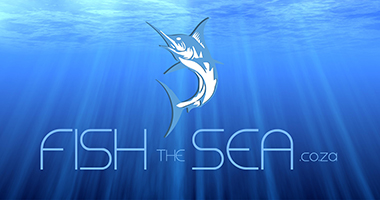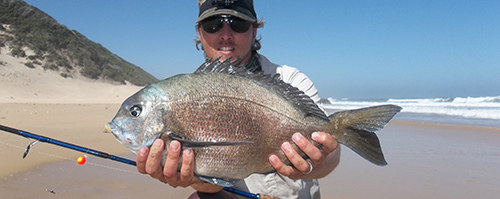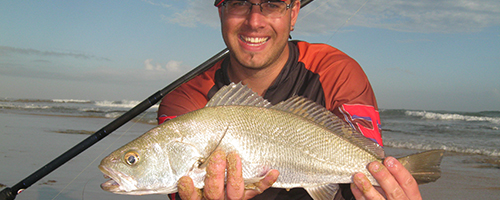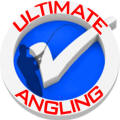Nymphs & Fly Fishing Nymphing Effectively
So you’ve got your flies ready. What are the best ways to attach them for successful fly fishing?
In this post I’m going to focus on stillwater flyfishing because here is
where the most variation can be achieved for different days, different
waters and different weather conditions (eg windy days).
Nymphs on days with little or no wind:
 In this situation it is probably best to fish without any strike
indicator unless your eyesight is not as good as it used to be … watch
for the slightest movement in the line tip. If you need to use an
indicator the best choice is to attach a dry fly to the leader at a
position allowing the nymph to sink to the desired depth. To estimate
the length of leader to fish a nymph at a chosen depth multiply the
depth by 1.5.
In this situation it is probably best to fish without any strike
indicator unless your eyesight is not as good as it used to be … watch
for the slightest movement in the line tip. If you need to use an
indicator the best choice is to attach a dry fly to the leader at a
position allowing the nymph to sink to the desired depth. To estimate
the length of leader to fish a nymph at a chosen depth multiply the
depth by 1.5.
Use between 1 and 3 nymphs (depending upon rules of the water being
fished) … the heaviest nymph should be on the point with lighter flies
being tied at interval between the point and dry fly indicator.
Nymphs on Windy Days:
 On these days especially if a cross wind is blowing it will need a
weighted fly to get down to any reasonable fishing depth. Most modern
flies are weighted using brass or glass beads tied into the fly or by
threading a bead onto the leader so that it slides down to the point
fly.
On these days especially if a cross wind is blowing it will need a
weighted fly to get down to any reasonable fishing depth. Most modern
flies are weighted using brass or glass beads tied into the fly or by
threading a bead onto the leader so that it slides down to the point
fly.
You may well need a strike indicator in these conditions and there are
numerous types available … the best is a large dry fly such as a hopper
with a foam body. The point is the dry fly indicator must float well.
There are a few ways to attach these flies to the leader:
1. The New Zealand method: Use a clinch knot to attach a section of leader to the topmost fly then tie the next fly onto the curved bend of the hook using a length of suitable leader. Repeat this until you tie on the point fly. Using this method the flies fish in tandem and perhaps there is a slight loss in hooking power.
2. The next method is similar to the above except instead of using the bend of the hook to attach the leader section tie the leader into the eye of the corresponding fly.
3. The use of droppers … advantage is taken here of joining 2 lengths of
leader together. I use a water knot for this purpose and have never
experienced problems. Many sources suggest the use of a double blood
knot. Once the 2 lengths of leader have been attached leave a length of
about 6 inches protruding from the knot. Let this be of the stronger of
the two leader breaking strains used in tying the knot. Attach the fly
such that the dropper is about 4 inches long. Longer than this will tend
to produce tangles. Repeat the process for each dropper fly.
Fishing flies just below the surface
Modern materials make it easy to fish both sinking flies and surface film flies (e.g. buzzers and emergers) and dry fly combinations. The challenge is to be able to suspend the dropper flies just below the surface or in the case of a dry fly on the surface without the heavier point fly submerging the lighter flies on the droppers. The malleable strike indicator materials are perfect for this … just roll small sections between the finger and thumb and attach at points on the leader (e.g. on both sides of the buzzer in the surface film). Not only does this material act an excellent suspension agent but it doubles as a bit indicator. Before the advent of floating putty grease was used to achieve the same end (Arthur Cove used this method in conjunction with buzzers and soft hackled flies with great success on English reservoirs in the 1970’s). The trouble with grease of course is that when you want to sink the leader it becomes very difficult. Expect some quite savage and sudden takes when fishing with emergers…






